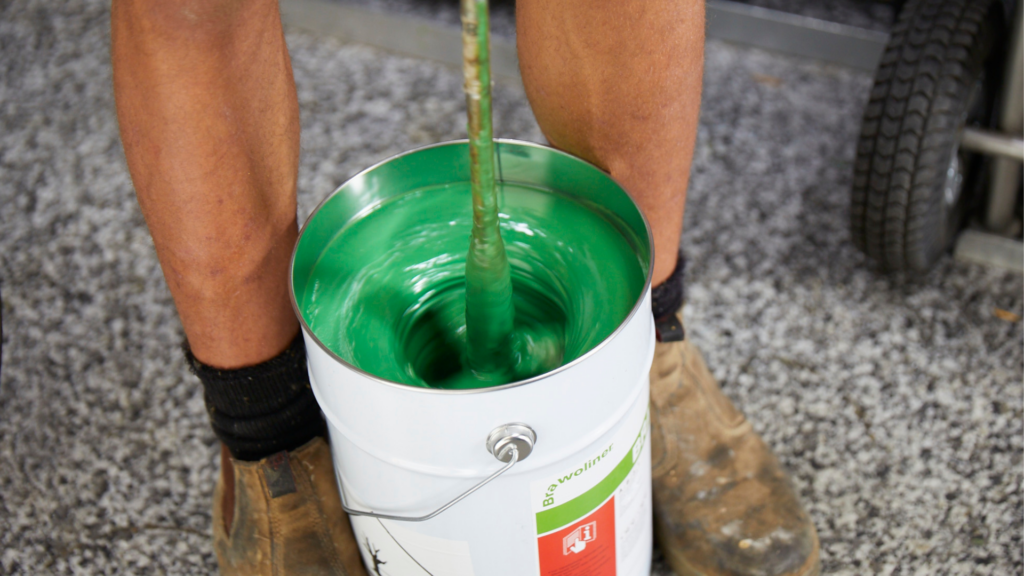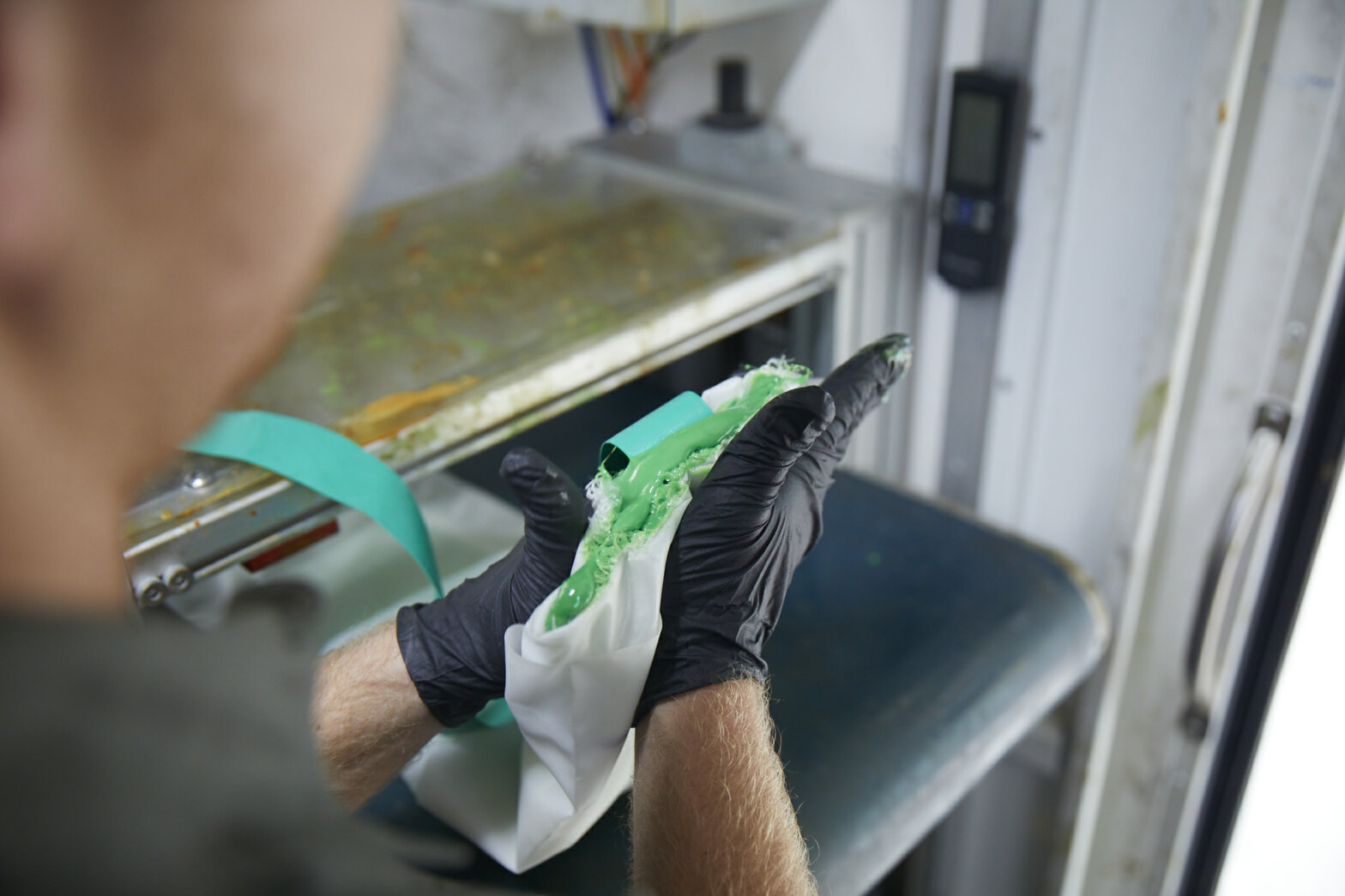More homeowners and businesses are discovering the innovative, cost-effective and mess-free pipe repair method that we specialise in here at The Relining Company. As pipe relining becomes more popular than other traditional methods, one of the main questions we hear from our customers is: “What materials are used, and are they as strong as a new pipe?”
It’s a fair question, and an important one too. Not all pipe relining materials are created equal, and the choice you make can significantly impact the success of the repair and how long it lasts.
In this guide, we’ll walk you through the most common pipe relining materials used across Australia and explain how they work so you can confidently discuss options with your plumber and have strong pipes for years to come.
What Is Pipe Relining?
Pipe relining is a trenchless pipe repair method that restores damaged or deteriorating pipes from the inside. This means that, unlike traditional repair methods, there is no need for digging up your yard, driveway, or floors, which reduces the time and labour required for fixing your plumbing systems.
The pipe relining process involves inserting a specially designed liner, saturated with liquid resin, into the inner walls of the old pipes using specialised equipment.
Once cured (dry and hardened), it creates a seamless, durable and corrosion-resistant “pipe within a pipe.” The relining creates a new jointless pipe that seals cracks, blocks tree root intrusion, and improves overall flow capacity.
As a result, it improves the water flow and extends the life of existing pipes by decades, all while preserving landscaping, concrete, and indoor spaces. Finally, while traditional pipe replacement can take days or even weeks and cause major disruption to your household, pipe relining is typically completed within a single day with minimal impact on your daily routine.
Why Material Choice Matters
Pipe relining offers a huge range of benefits, but choosing the right material for the job is critical to the success and longevity of any trenchless repair job. That’s why it’s so important to engage plumbers with plenty of experience and expertise in pipe relining. The material impacts not only durability, flexibility and how well it bonds with the existing pipe, but also the final cost.
Several factors play a role in determining the best material for the job, including:
- Compatibility with different pipe types (PVC, cast iron or clay pipes)
- How the pipe is used (stormwater, sewer, or water supply)
- Residential or commercial plumbing systems
- Pipe diameter
- Presence of multiple bends or junctions
Always discuss these factors with your plumber before choosing a material.
Common Pipe Relining Materials Used in Australia

Let’s break down some of the different pipe materials you’ll come across in Australia for relining purposes, and where they shine.
Epoxy Resin Liners
Epoxy resin liners are one of the most widely used materials. They are used in both pull-in-place and inversion relining methods. They’re so popular because they create a strong, durable seal and can easily navigate bends and junctions. However, while they’re highly reliable, epoxy liners do require proper curing time, and their success depends on the condition of the existing pipe.
Uses: Residential sewer and stormwater pipes.
Cured-In-Place Pipe (CIPP)
CIPP involves inserting a resin-saturated liner into the pipe and curing it in place. This is usually done with heat or steam, which delivers excellent structural integrity with minimal excavation. Like epoxy, it does require careful curing and can be labour-intensive.
Uses: Commonly used for sewer and stormwater systems in both residential and commercial settings.
UV-Cured Pipe Relining
As the name suggests, UV-cured liners use ultraviolet light to harden the liner rapidly, significantly cutting down on curing time. As a result, the method is fast, clean, and causes very little disruption to surrounding areas. However, despite it being so efficient, it can be more expensive than other options.
Uses: Ideal when minimal downtime is essential, such as in commercial or public facilities.
Glass Fibre (or Fibreglass Liners) Reinforcement
Glass fibre reinforcement is often used in combination with resins (like epoxy or silicate) on the pipe surface to increase the strength, pressure resistance, and durability of the relined pipes. It is a practical and efficient solution to further strengthen protection against tree root intrusion and chemical exposure.
Uses: Industrial, commercial, or high-pressure applications and smooth surfaces.
BRAWOLINER®
BRAWOLINER® is a German-engineered, textile-based liner known for its exceptional flexibility, making it perfect for navigating 90-degree bends and multiple junctions. BRAWOLINER® is a brand-specific, patented product, which means that it’s only available through certified pipe relining installers, which may limit local availability.
Uses: BRAWOLINER® is often chosen for complex residential or commercial pipe systems where flexibility is key.
Other Materials (e.g., Silicate Resin)
Technology is constantly evolving, and emerging or niche materials like silicate resin are coming to market. These are sometimes used for smaller, short-length repairs or specialty applications and can offer fast setting times or unique chemical resistance but may not be as widely tested or available as mainstream solutions. Speak to your pipe relining experts about these, as their strengths and weaknesses depend heavily on the specific project needs.
Material Comparison Table

Which Pipe Relining Material Is Right for You?
We hope this guide has clarified the differences between types of pipe relining materials and the importance of making the right choice.
Remember to first understand your pipe layout, how the system is used, and what fits your budget.
A professional assessment can answer these questions and ensure you get a long-lasting solution tailored to your home or business, providing that priceless peace of mind. Contact us today for a free consultation and personalised material recommendation.
Frequently Asked Questions
What material is used for pipe relining?
Common materials used in the pipe relining process include epoxy resin, CIPP liners, UV-cured liners, and flexible systems like BRAWOLINER®. All are suitable for repairing damaged pipes.
What is the advantage of relining?
Relined pipes repair pipes without excavation (unlike traditional methods), offering a fast, durable, and cost-effective solution inside the existing pipe structure, no matter which pipe materials are used.
What piping materials are commonly used in drainage piping systems?
Typical drainage pipes are made from PVC piping, clay pipes, cast iron pipes, or concrete pipes. All are used in pipe relining projects, as well as sewer pipes and other underground pipes for efficient drainage. However, many modern drainage systems are made from polyvinyl chloride (PVC), a durable material that pairs well with several pipe relining methods, including epoxy and CIPP liners.
What is the disadvantage of pipe relining?
Pipe relining may slightly reduce the internal diameter of the pipe. Additionally, it isn’t suitable for severely collapsed or damaged pipes, and you will often require traditional pipe repair methods for these broken pipes.
Back to Top